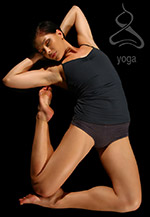|
| Gallery 2 \ Reflexology Chart \ Foot Massage \ This is not clipart you slack jawed dimwits- you want to use it? Pay for it! | ||||||||
|
| Artists Description and general comments. | |||
|
|
All names, characters, images
and logos within the boundaries of this site are protected by copyright,
and other intellectual property laws. All rights in relation to
the products and creations identified within this website are owned
by Anthony Marriott (Arkhamhaus Images) or the party designated
as the owner of the rights. This site is © 1998-2017
Anthony Marriott. All Rights Reserved. There is no system of registration for copyright protection in Australia. Copyright protection does not depend upon publication, a copyright notice, or any other procedure. Copyright protection is free and automatic. While the copyright notice is not required for protection in Australia and in most other countries, it does notify people that the work is protected and identifies the person claiming the rights. In Australia, copyright law is contained in the Copyright Act 1968 (Cth) and decisions of courts.
As a result of international treaties such as the Berne Convention, most foreign copyright owners
are protected in Australia, and Australian copyright owners are protected in most other countries.
|











